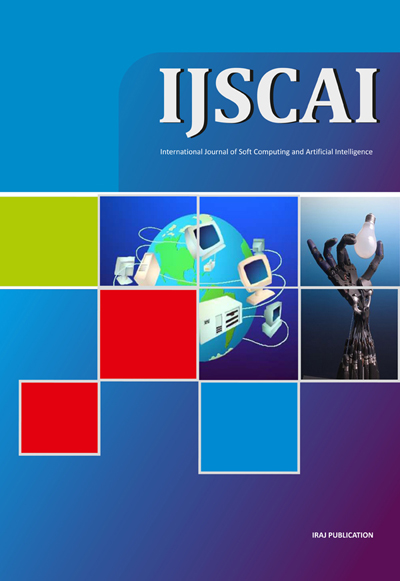Publish In |
International Journal of Soft Computing And Artificial Intelligence (IJSCAI)-IJSCAI |
 Journal Home Volume Issue |
||||||||
Issue |
Volume-2,Issue-1 ( May, 2014 ) | |||||||||
Paper Title |
Intelligent Traffic Light Control System (ITLCS) | |||||||||
Author Name |
A.D.Jadhav, Bhor Madhuri T., Thakre Ketan L. | |||||||||
Affilition |
H.O.D of IT Dept, Student of IT dept University of Pune ,Sharadchandra Pawar College of Engineering, Otur, Pune | |||||||||
Pages |
84-87 | |||||||||
Abstract |
Abstract: If we saw today’s Intelligent Traffic Light System (ITLS), then we observe that are lot of limitation on that system. This System are not on real time basis. This System are based on microcontroller and microprocessor. These ITLCS have limitations because it uses the pre-defined hardware, which is functioning according to the program that does not have the flexibility of modification on real time basis. Due to the fixed time intervals of green, orange and red signals the waiting time is more and car uses more fuel. To make traffic light controlling more efficient, we exploit the emergence of new technique called as "Intelligent traffic light system ". This makes the use of Sensor Networks along with Embedded Technology. This project also includes analyzing traffic of each road along the signals and assigning time period to glow the respective light. This time slot may vary according to the traffic. The older system uses integrated highway management system based on the radio frequency identification (RFID) technology in which it will be tracking vehicles and Electronic toll collection system will be implemented. But it has one major disadvantage that each vehicle has mount a one metal plate so cost of this system is very high. For that purpose we use sensor based ITLCS system. The timings of Red, Green, Yellow signal are based on fixed timing. The timings of Red, Green lights at each crossing of road will be intelligently decided based on the total traffic on all adjacent roads. Thus, it is optimize traffic and prevent traffic congestions. | |||||||||
| View Paper | ||||||||||